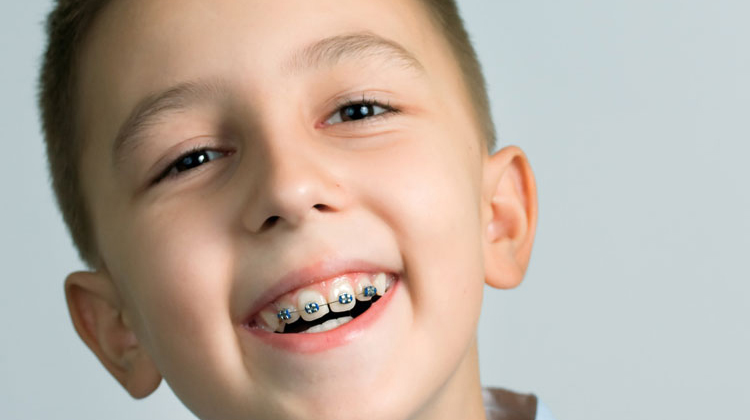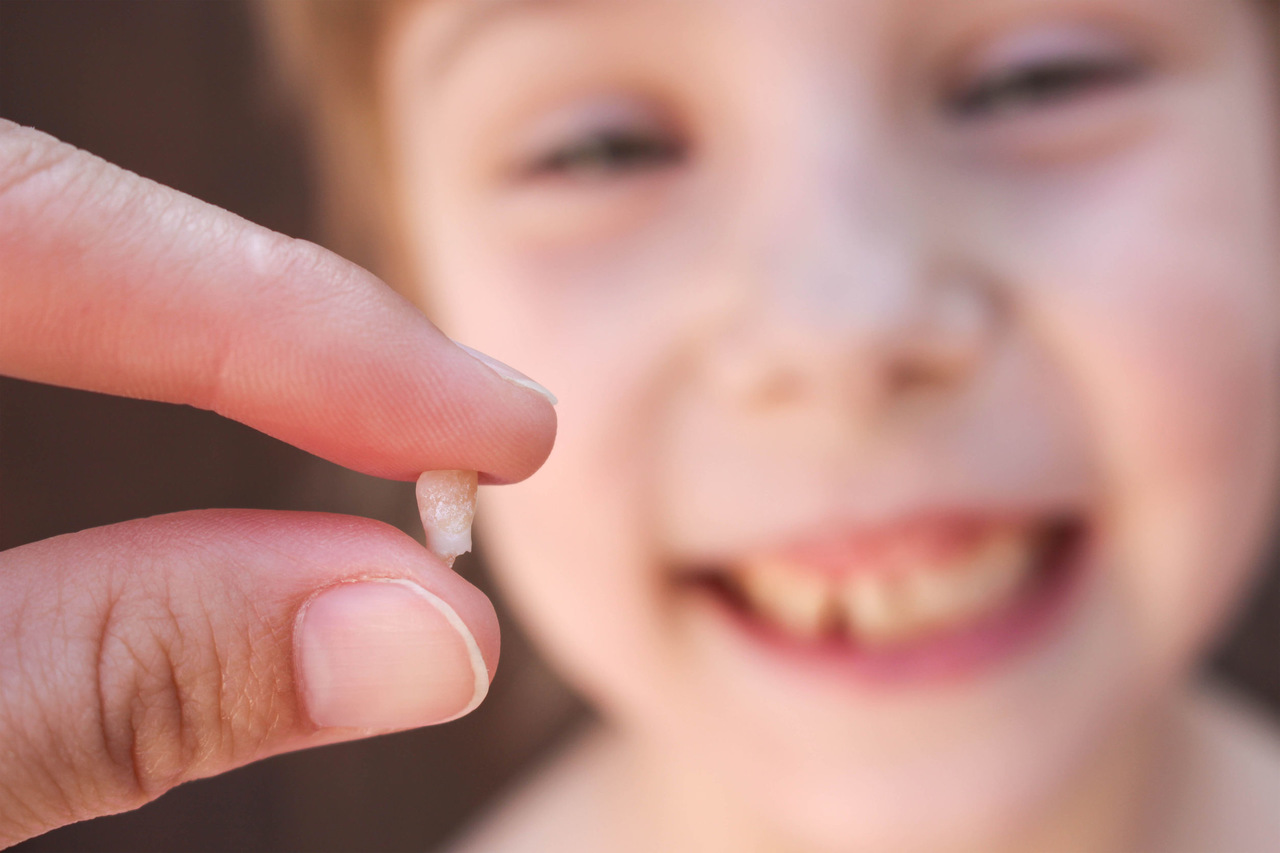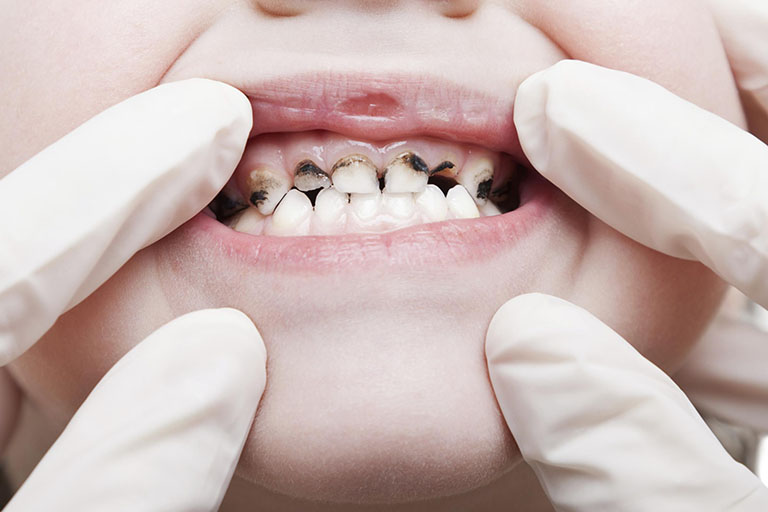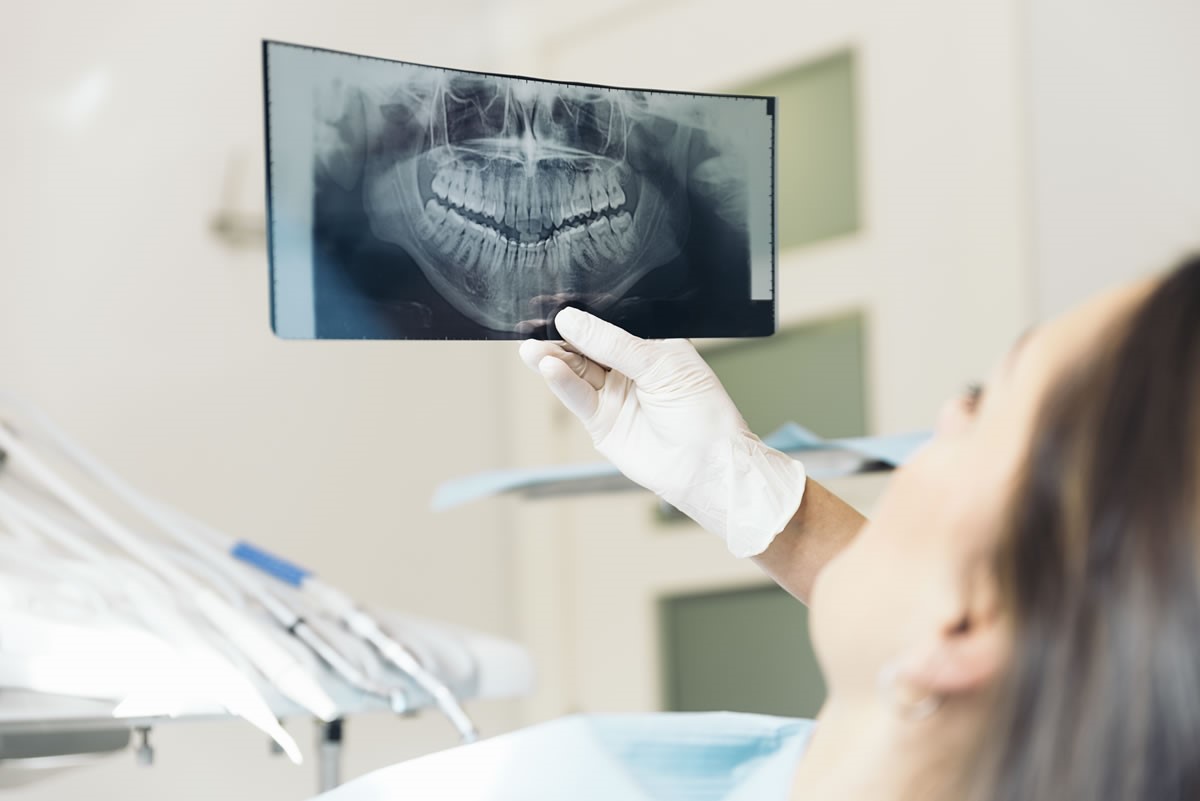Pulpitis in baby teeth is a common oral health issue in children, causing pain and long-term impacts on dental health. Timely and proper treatment of baby tooth pulp helps preserve the tooth and ensures chewing function for the child. So, should baby teeth be treated with a root canal? Let’s explore this topic with Amanda Dental Clinic!
Should Children Get a Baby Tooth Root Canal?
The causes of pulpitis in children may include trauma resulting in chipped, fractured, or broken teeth, or bleeding gums. However, the most common cause is tooth decay, which allows bacteria to enter and damage the pulp.
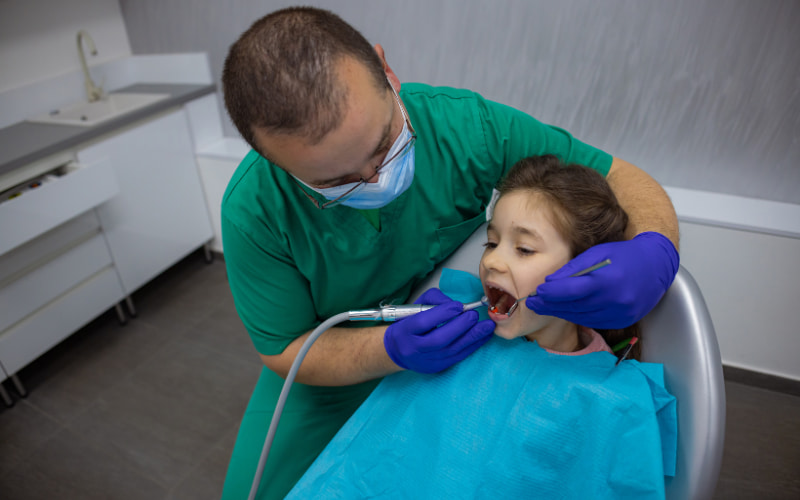
Dental experts recommend performing root canal treatment in children when signs of pulpitis are present. If done correctly, it will not cause any adverse effects on the child’s health. On the contrary, it helps relieve the child from pain, allowing normal eating, daily activities, and better development.
If the pulp of a baby tooth dies but is not treated in time, the infection can spread to adjacent teeth. This can destroy the surrounding tissues, causing the tooth to loosen and fall out prematurely. Early loss of baby teeth before natural exfoliation can negatively affect the child’s chewing ability and speech.
In particular, premature loss of baby teeth may alter the eruption direction of permanent teeth. Neighboring teeth tend to shift into the empty space, leading to crowding and misalignment of permanent teeth, affecting both aesthetics and dental function.
Therefore, to answer the question “Should children get a baby tooth root canal?”, root canal treatment in children with proper indication is completely safe and beneficial for preserving baby teeth until they naturally fall out, ensuring healthy and aligned permanent teeth in the future.
When Should a Child Get a Root Canal?
During the growth process, humans transition from baby teeth to permanent teeth. Baby teeth begin to erupt around 6 to 30 months old, totaling 20 teeth. Permanent teeth replace them between ages 5 to 12, eventually totaling 32.
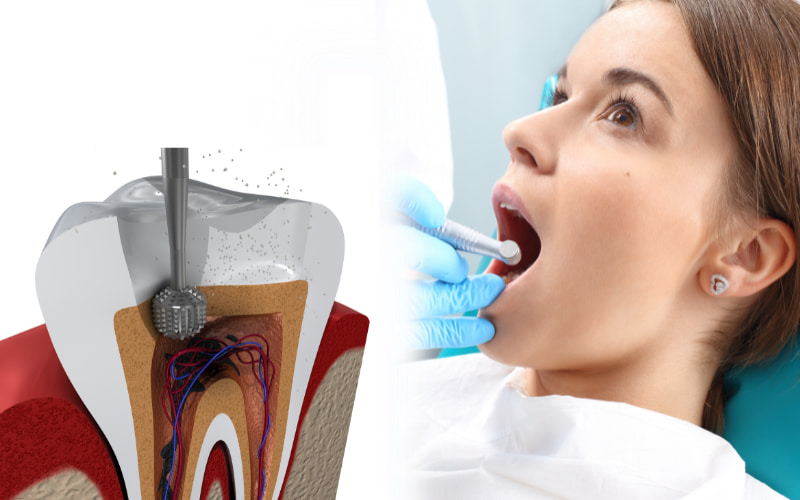
In young children, several factors can lead to pulp damage, including poor oral hygiene, frequent sugar consumption, or trauma causing pulp exposure. Whether root canal treatment is needed will depend on the dentist’s assessment of each child’s dental condition.
- The tooth is painful and unstable.
- Pain radiates to the temple and doesn’t subside with medication.
- Extreme sensitivity to food, especially when it enters cavities.
- Gums are red, swollen, and unhealthy.
- Pus pockets appear at the root, causing pain when pressed.
- Bad breath in the child.
- The tooth is cracked or fractured, exposing the pulp due to decay or injury.
Methods for Treating Baby Tooth Pulp in Children
To treat baby tooth pulp in children, dentists will choose a method based on the severity of the tooth damage. The two common methods include:
Tooth Extraction
Baby teeth play an essential role, functioning like permanent teeth until ages 10–12. Early extraction is not encouraged, but in some cases, it is necessary:
- The tooth is severely broken with infection, pus, and other symptoms.
- X-rays show the permanent tooth is expected to erupt within 6 months.
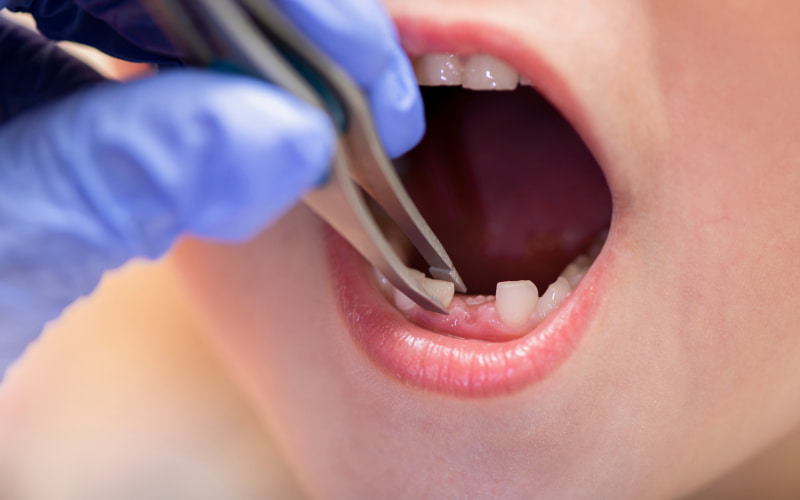
Early extraction may lead to spacing issues, affecting the child’s ability to chew and causing delayed or misaligned eruption of permanent teeth.
Root Canal Treatment
As mentioned, root canal treatment is necessary when a child develops pulpitis. If only part of the pulp is infected, the dentist may apply a pulp devitalizer before cleaning. The steps are:
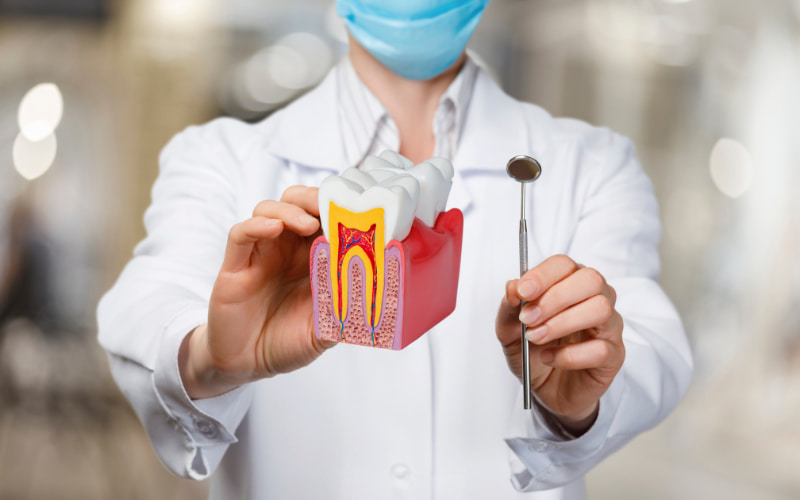
- Examination: The dentist will assess the condition of the tooth and pulp.
- Cleaning and anesthesia: The tooth and oral cavity are cleaned, and local anesthesia is applied.
- Rubber dam placement: To isolate the tooth and enhance visibility during treatment.
- Pulp removal: The dentist drills a small hole into the tooth to remove the infected pulp and clean the canal.
- Filling: The empty pulp chamber is filled with a special filling material.
Parents should know that local anesthesia ensures the procedure is pain-free, so there’s no need to worry.
Cost of Baby Tooth Root Canal Treatment
Root canal treatment for baby teeth is vital for preserving infected teeth, relieving pain, and ensuring proper chewing and speech. Costs may vary based on several factors.
Factors Affecting Cost:
- Infection severity: The more severe, the more complex and expensive the treatment.
- Tooth type: Molars are more complex and costlier to treat than front teeth.
- Filling material: High-quality materials with better aesthetics and durability are more expensive.
- Dentist expertise: More experienced professionals may charge more.
- Clinic quality: Well-equipped and reputable clinics tend to have higher fees.
- Additional costs: X-rays, medications, follow-ups, etc.
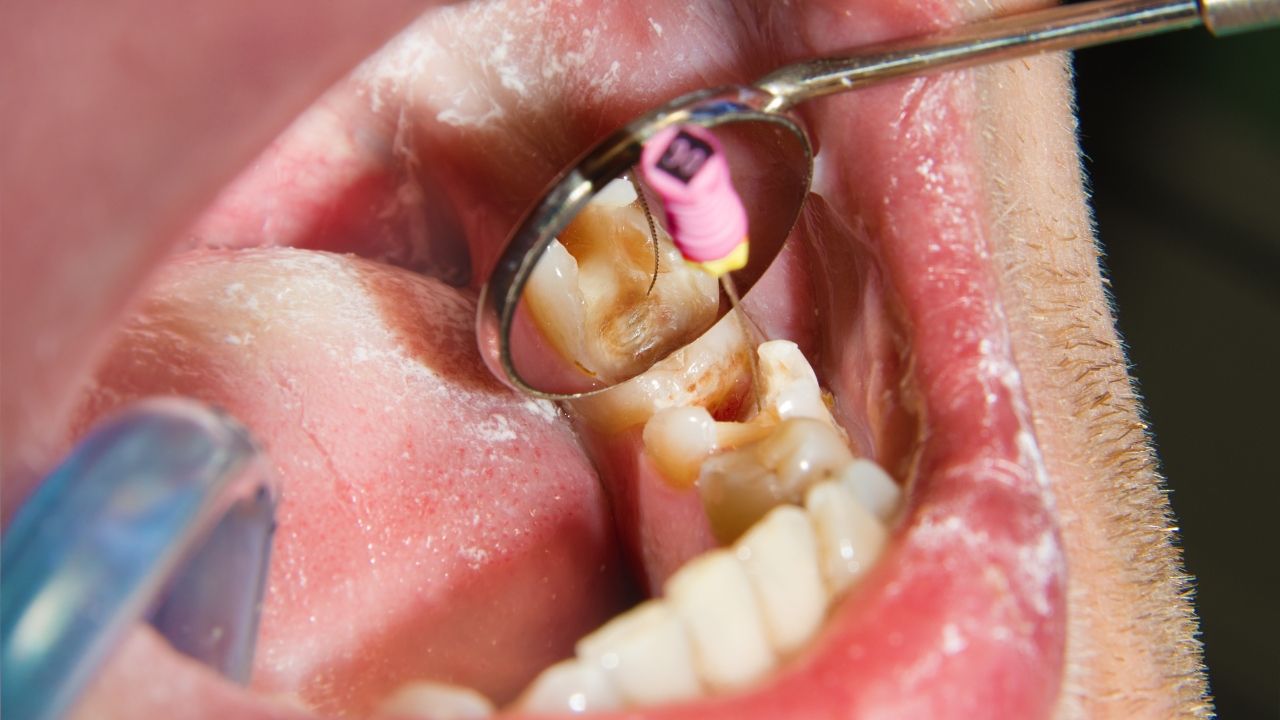
Detailed Price List at Amanda Dental Clinic:
| Service | Unit | Price (VND) |
| Root canal treatment for baby tooth (single root) | 01 Tooth | 500,000 |
| Root canal treatment for baby molar | 01 Tooth | 800,000 |
Amanda Dental Clinic: A Trusted Address for Children’s Root Canal Treatment
When it comes to children’s dental health—especially complex issues like root canal treatment—choosing a reputable and professional dental clinic is crucial. Amanda Dental Clinic proudly stands as a top choice trusted by many parents, thanks to the following outstanding advantages:
Experienced Dental Team:
- At Amanda Dental Clinic, we understand that treating baby tooth pulp requires meticulousness, caution, and communication skills to build trust with children.
- Our dental team consists of highly experienced pediatric dental specialists trained in modern, minimally invasive pulp treatment methods that minimize discomfort.
- The dentists here are not only technically skilled but also gentle and empathetic, helping children feel comfortable and cooperative throughout the treatment.
Modern Equipment and Advanced Technology:
- Amanda Dental Clinic invests heavily in modern, internationally standardized equipment, ensuring accurate, fast, and effective diagnosis and treatment.
- We use technologies such as digital X-rays and modern endodontic machines that allow detailed observation of tooth structure and precise diagnosis of pulp damage for optimal treatment planning.
- Using advanced equipment significantly reduces pain and discomfort during the procedure.
Professional and Safe Treatment Procedures:
- Our root canal procedures are performed according to strict medical standards, ensuring absolute sterilization to prevent infection and complications.
- We use high-quality, body-safe filling materials to protect the tooth from harmful agents.
Kid-Friendly Environment:
- Amanda Dental Clinic designs a cozy, friendly clinic space that helps children feel comfortable and at ease.
- We provide a play area for children to help ease anxiety before treatment.
- Our staff is always enthusiastic, caring, and ready to assist and answer all parents’ concerns.
Post-Treatment Care for Baby Teeth After Root Canal
Root canal treatment for baby teeth is essential for preserving damaged teeth, preventing infection, and supporting healthy permanent tooth development. However, proper post-treatment care is vital to maintain treatment outcomes and protect your child’s oral health.
Proper Oral Hygiene
- Gentle brushing: Use a soft-bristled brush and fluoride toothpaste suitable for the child’s age. Brush gently in circular motions, focusing on the treated tooth area.
- Use dental floss: Dental floss removes plaque and food debris between teeth. Use it gently to avoid damaging the gums.
- Rinse with saline: Saline mouth rinse cleans the oral cavity and reduces inflammation. Use it 2–3 times daily, especially after meals.
- Avoid strong impacts: Limit activities that may cause trauma to the treated tooth, like biting hard objects or playing contact sports.
Healthy Diet
- Limit sugary and sticky foods: These promote bacterial growth and tooth decay. Limit candy, soft drinks, and processed foods.
- Increase calcium and vitamin D intake: These nutrients strengthen teeth. Add milk, cheese, leafy greens, and fish to your child’s meals.
- Drink plenty of water: Water helps clean the mouth and remove food particles. Encourage your child to drink water, especially after eating.
Regular Checkups
- Follow up as scheduled: Regular checkups allow the dentist to monitor treated teeth and detect issues early for timely intervention.
- Report unusual symptoms: If your child experiences pain, swelling, or bleeding gums, visit the dentist immediately.
Important Notes
- After treatment, baby teeth may become weaker. Avoid strong biting forces and hard foods.
- In some cases, the dentist may recommend a dental crown to protect the treated tooth.
- Post-treatment care requires patience and compliance with the dentist’s instructions.
Baby tooth root canal treatment is a crucial dental procedure that preserves baby teeth, maintains chewing and aesthetic functions, and—when done timely and correctly—relieves pain, prevents complications, and lays a solid foundation for healthy permanent teeth development.




